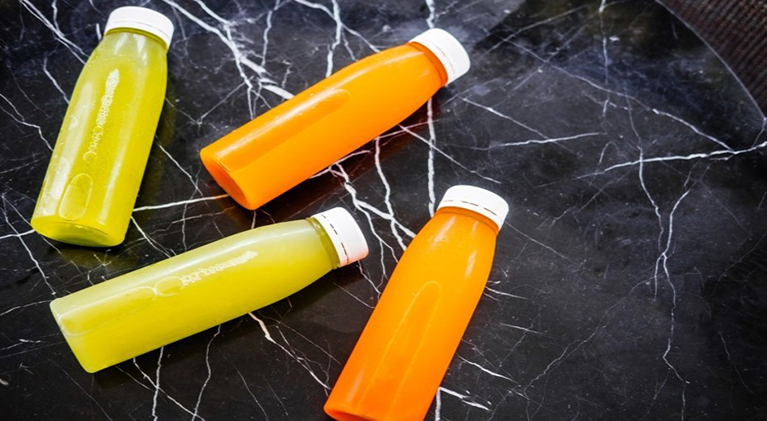Cold pressed juices helped put HPP (High Pressure Processing) on the map. Now the technology is gaining consumer acceptance and understanding in other categories including meat, seafood, and ready-to-eat, prepared food items. “It wasn’t until cold pressed juices when you had to explain to your consumer how did your juice all the sudden go from a five-day shelf life to a 30- or 60-day shelf life?” Joyce Longfield, chairperson for the Cold Pressure Council and founder of Chix Chickpea Butter, told FoodNavigator-USA. However, it continues to be a long and winding road to reach full consumer acceptance of HPP and develop a formalized approach to regulating the technology. “Nobody wants to think of their food as processed,” Longfield said. This holds true even when the processing method provides food safety benefits without the use of added preservatives.
HPP is a cold pasteurization by which products, already sealed in final packaging, are introduced into a vessel and subjected to a high level of hydrostatic pressures (43,500-87,00 psi) transmitted by water destroying harmful bacteria while preserving the food product’s nutritional properties and extending its shelf life. “Food safety historically has never been something that is talked about at the consumer level because the reality of it is, when something is in the grocery store, it’s assumed by the consumer that it’s safe,” she said. Read the full article here.

